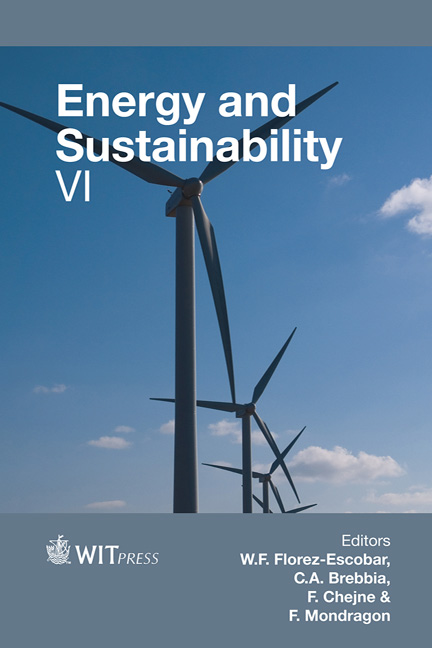Reducing The Embodied Carbon Of Construction Projects Through A Carbon Emission Encompassed Tender
Price
Free (open access)
Transaction
Volume
195
Pages
11
Page Range
403 - 413
Published
2015
Size
330 kb
Paper DOI
10.2495/ESUS150341
Copyright
WIT Press
Author(s)
S. T. Ng
Abstract
Fast speed construction development is a key contributor to excessive carbon emissions. Apart from the operational emissions of construction facilities, more and more clients and designers are concerned about the carbon emissions embodied in construction materials. Despite the significance of this, little research has been conducted to reduce the use of construction materials of high carbon intensity. To significantly reduce the carbon emissions due to the use of construction materials, a fundamental rethink of the tendering mechanism is needed. In this paper, a carbon emission encompassed tender is proposed. The fundamental basis of the envisaged carbon emission encompassed tender is a transparent and equitable framework to estimate the carbon footprint of products. With the release of the ISO14067, it is possible that the carbon footprint of construction materials can be systematically assessed at the product level. In this paper, the way in which the carbon footprint of construction materials is estimated is exemplified through a recently developed carbon labeling scheme. Then, the philosophy of the carbon emission encompassed tender is introduced. Finally, the challenges facing the implementation of the proposed carbon emission encompassed tender are highlighted. Through the carbon emission encompassed tender, contractors can get a reasonable reward to commensurate the carbon reduction attained through the use of low carbon construction materials.
Keywords
greenhouse gases, project carbon footprint, emission, reduction, emission-encompassed tender





